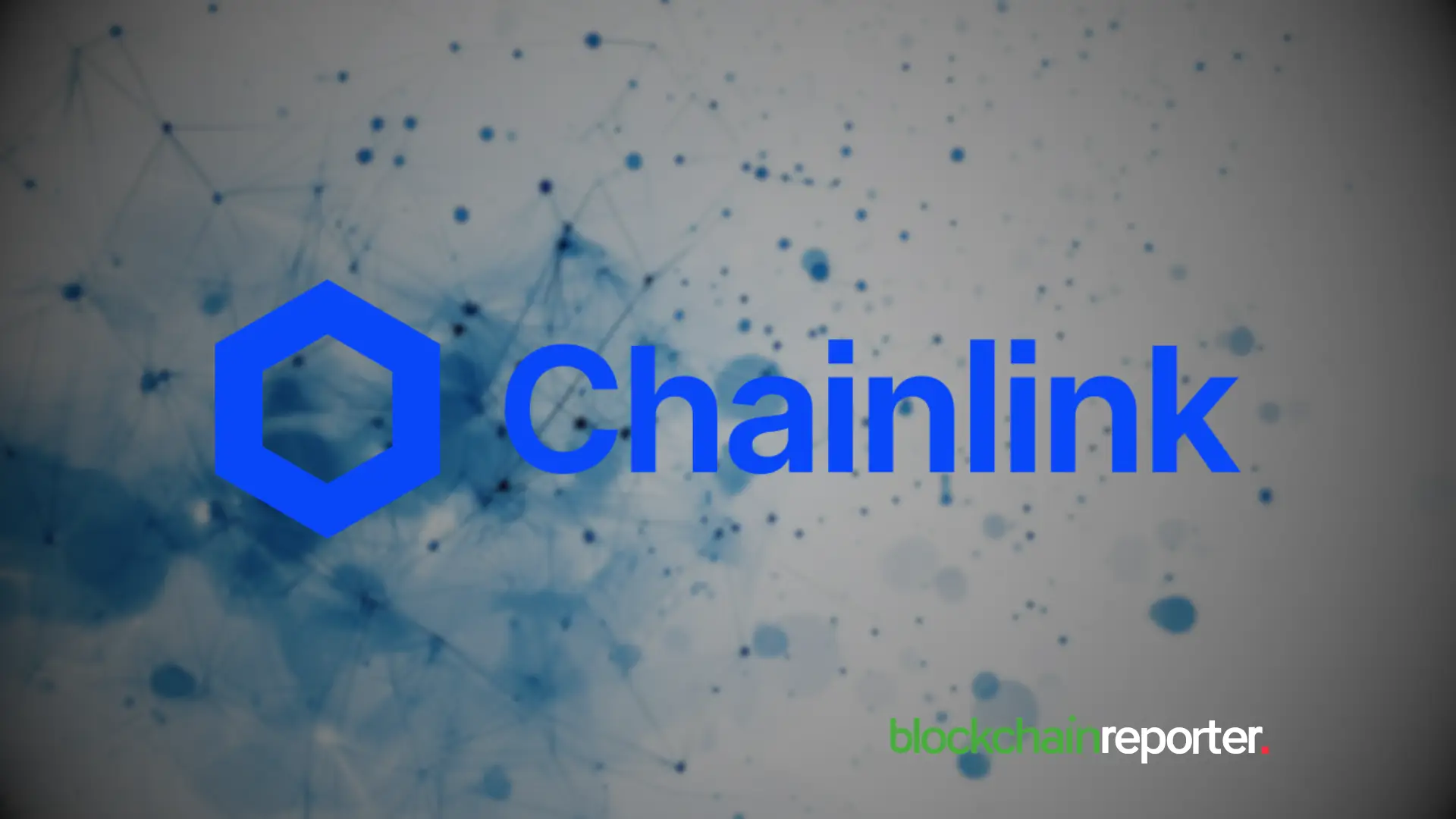
Nexus Mutual, an alternative insurance company that is powered by its members, has implemented Chainlink Proof of Reserve as part of the Enzyme integration that was necessary for its most recent investment allocation on the Ethereum mainnet. Chainlink Proof of Reserve permits the trustworthy and prompt monitoring of off-chain or cross-chain reserves through the utilization of automated verification that is founded on cryptographic authenticity.
The Mutual is making use of Chainlink Proof of Reserve in order to keep track of, validate, and report the price per share of interest-bearing tokens that are held in Nexus Mutual’s Enzyme vault. These tokens represent the Mutual’s deposit in the lending protocol Maple Finance. It would not have been possible for Nexus Mutual to make its recent investment of 15,348 ETH into the Maven 11 lending pool on Maple Finance if Chainlink Proof of Reserve had not been implemented.

Maximizing Returns And Preserving Capital
Nexus Mutual is a community that is driven by its members and allows anyone to join and share risks with other people. Users and projects don’t have to rely on a centralized insurance firm to defend themselves from hazards like smart contract and technical hazards, custodial risk, and validator slashing risk. Members of Nexus Mutual own the capital pool, which contains the assets used to underwrite coverage. The size of the capital pool increases whenever a member makes a purchase of cover, contributes ETH in return for NXM, or accumulates investment earnings.
Nexus Mutual is maximizing profits and conserving capital through investment allocations within its set risk restrictions. Nexus Mutual can retain sufficient liquidity to meet obligations and achieve long-term growth by broadening its investment allocations and complying with its risk limitations. A proposal to distribute some of the ETH in the capital pool to Maven 11’s wETH lending pool on Maple Finance has been given the go-light by the members. Nexus Mutual converted 15,348 ETH to wETH and placed the proceeds in a pool managed by Maven 11, a blockchain and crypto asset investing organization.
Credit teams operate lending operations on Maple infrastructure and assess the creditworthiness of enterprises using typical due diligence and credit checks. As a result, Maven 11 is able to provide unsecured loans that earn greater rates than secured loans. The institutional crypto-capital network of Maple Finance has issued over $1.65 billion in loans to industry-leading crypto businesses. To deposit and manage these assets, Nexus Mutual uses the on-chain asset management tool Enzyme.
Enzyme integrates dozens of protocols at the level of smart contracts, which enables the rapid and efficient distribution of money across the DeFi ecosystem, allowing Nexus Mutual to capitalize on lucrative rewards. Nexus Mutual got 15,348 Nexus Mutual Treasury Yield (NXMTY) shares, which reflect the Maple pool tokens held in Nexus Mutual’s Enzyme vault after the wETH was put into Maven 11’s lending pool. The transparent infrastructure provided by Enzyme is an essential component, as it enables Nexus Mutual to validate and track its deposit by utilizing Chainlink Proof of Reserve. This affords the mutual fund new chances to expand investment allocations within DeFi.
Tracking And Publishing Asset Values On Maple Finance
This latest implementation allows Nexus Mutual to automatically track and publish the value of its assets on Maple Finance. Chainlink Proof of Reserve is being utilized by Nexus Mutual in order to validate the number of lending pool tokens that are stored in our Enzyme vault. This enables Nexus Mutual to preserve transparency and allows each user to independently confirm the value of the assets held in its Enzyme vault.

The Chainlink Proof of Reserves protocol validates the collateralization of on-chain or cross-chain assets through a comparison of the current supply of the asset to the reserves that are backing it. The verification of the deposits that Nexus Mutual maintains on Maple Finance contributes to the development of a diverse approach to the management of capital and a transparent process for governance.
Several fundamental advantages of Chainlink Proof of Reserve include:
- Automated On-Chain Audits — By maintaining a current reference contract, smart contracts can receive automated, on-chain verification of an asset’s collateralization, eliminating the need for manual audits.
- High-Quality Data — Chainlink is able to acquire data from premium data providers, who are financially motivated to deliver highly accurate and available data, thanks to the usage of configurable External Adapters.
- Decentralized — There are no longer any single points of failure in the sourcing and distribution of external data to Nexus Mutual as a result of the decentralization of Chainlink Proof of Reserve Feeds at both the data source and oracle node level.
- Transparent — Anyone is able to monitor the Chainlink Proof of Reserve Feeds in real-time, making it possible for any user to independently verify that assets have been collateralized.
It is crucial for Nexus Mutual to limit its own risk by utilizing highly secure, decentralized technology. Nexus Mutual is a decentralized insurance alternative that assists Web 3 initiatives in mitigating their financial risks by giving smart contract cover. By incorporating Chainlink Proof of Reserve, Nexus Mutual is able to validate its deposits kept on Maple Finance in real-time, thereby bolstering the confidence of its customers in the capital reserves that underpin our protocol.
According to Tomasz Wojewoda, Head of Global Sales at Chainlink Labs, “We’re pleased that Nexus Mutual is using Chainlink Proof of Reserve to help automatically verify the assets deposited on Maple Finance. Definitive on-chain proof of the Pool Tokens held by Nexus Protocol helps underpin transparent capital management and governance processes.”









